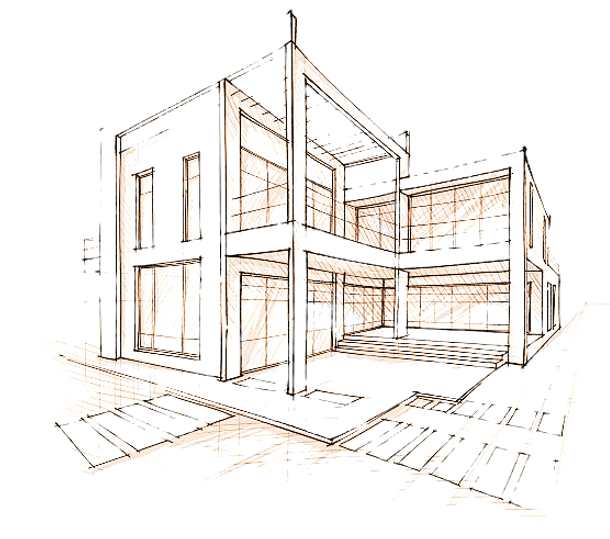
.png)
Bouwwerken van dichterbij bekeken door VG Expert
Uw partners in bouwkundige expertise
Bijstand VO/DO bij privé en gemeenschappelijk & Expertise bouwfouten en schade, ook problemen met aannemers en architecten, misleidend verkoop van een woning, technische raadsman in gerechtelijke procedures, enz...
Bel of mail gerust - 0472 59 18 98

VG Expert is niet enkel een expert voor klassieke bouwfouten.
Wij zijn gespecialiseerd in de dossiers waar anderen het laten afweten: technisch complex, elders vastlopen door onvolledige kennis, foutieve interpretaties of onvoldoende technische onderbouwing, juridisch gevoelig, historisch beladen, financieel zwaar of vol tegenstrijdige expertises.
Wie een complexe bouwproblematiek wil winnen, heeft geen standaardexpert nodig — maar een technisch-juridische strateeg.
En lees wat anderen zeggen over mijn aanpak en expertise.
Filters voor regenwater
Waterfilter voor water komende van regenwaterput
Waterfilter in de garage of berging
Vervangen van leidingwater door regenwater
Van de 120l per dag die de gemiddelde Vlaming dagelijks gebruikt, is het in ongeveer de helft van de keren niet nodig om drinkbaar water te gebruiken en kan je het perfect gebruiken in plaats van stadswater.
Het regenwater dat je opvangt, kan je gebruiken:
- Om toiletten door te spoelen (33l per dag)
- Voor de wasmachine of voor de handwas (15l per dag)
- Bloemen, planten of je tuin water te geven (5l per dag)
- Om te poetsen (6l per dag)
- Auto wassen
- Enz...
Meest voorkomende problemen
Belangrijk om weten is, dat de regenwaterput vooral een verzamelbak is van bacteriën– denk daarbij alleen nog maar aan die bacteriën afkomstig van vogelpoep die onvermijdelijk op ieders dak komt.
Naast de vraag om regenwater te desinfecteren, krijgen wij het vaakst vragen naar een oplossing voor onaangename geuren en een geel verkleuring van het regenwater. Beide kunnen erg storend zijn bij gebruik van regenwater voor bv. de wasmachine.
Zand, vuil en stof dat op je dak ligt, stroomt wanneer het regent, met het water mee in de regenwatertank. Dat slib zakt naar de bodem van je regenwatertank waardoor het helderste water zich bovenaan in je tank bevindt, en onderaan de tank een laag slib met minder zuiver regenwater zit.
In de meeste regenwatertanks stroomt het verse, zuurstofrijke regenwater bovenaan in de tank, om het daarna onderaan, waar het meeste vuil zich bevindt, weer op te zuigen met een pomp op de vloer van de tank. Die pomp zuigt het zuurstofarme en vervuilde water op en stuurt dat naar de aftappunten in huis. Daardoor krijgen de voorfilters, die het zand en andere onzuiverheden uit het water filteren, het hard te verduren en moeten ze vaak vervangen en/of onderhouden worden.
Grofvuilfilter (foto bij 1)
Een grofvuilfilter zit meestal in de regenwaterput en houdt de grove stukken vuil tegen (bladeren, takken).
Controleer deze filter regelmatig zodat hij niet verstopt geraakt of dat er een laagje biofilm op ontstaat die de doorgang blokkeert.
Sedimentfilter (foto bij 2)
De voorfilter staat meestal in de garage op het punt waar het regenwater je huis binnenkomt.
Omdat zand en slib van je dak sowieso meekomen met het regenwater, is het nodig een sedimentfilter te zetten tussen de regenwatertank en de aftappunten van regenwater in je huis.
Dit type voorfilter filtert kleine, zwevende deeltjes (bv. zand, stof, …) uit het regenwater.
Sedimentfilters vervang je een tot twee keer per jaar, afhankelijk van de streek (zanderig of niet) waar je woont.
Actiefkoolfilter (foto bij 2 en 3) zwarte filter
Heel vaak wordt een sedimentfilter gecombineerd met een actiefkoolfilter.
Actiefkool zorgt ervoor dat je regenwater er helder blijft uitzien (verwijdert dus verkleuringen) en dat het niet vies ruikt.
Actieve kool is een speciaal behandelde koolstof die door adsorptie allerlei stoffen aan zich kan binden. Een belangrijk toepassingsgebied is filteren.
Actieve kool wordt bereid door via een thermisch proces de gassen en onzuiverheden te verwijderen. Cokeskool, dus met steenkool als uitgangsproduct, geeft de hoogste kwaliteit van actieve kool, dus met de hoogste adsorptiecapaciteit voor dezelfde hoeveelheid. Het is ook de duurste vorm van actieve kool. Goedkopere uitgangsproducten met minder adsorptievermogen zijn bruinkoolcokes en organisch materiaal zoals turf of kokosnootdoppen.
Net zoals een voorfilter, moet ook hier het filtervlies minstens 1x per jaar vervangen worden. Als het water erg vervuild is, vervang het vlies dan zo vaak als nodig. Om hygiënische redenen moet het actiefkool om de 6 maanden vervangen worden.
UV-filter (foto bij 4 en 5)
Voor een complete zuivering van regenwater is een drievoudige voorfilter de oplossing:
naast de sedimentenfilter en de actiefkoolfilter wordt hier nog een sterilisatiemodule met ultraviolet licht aan toegevoegd.
Deze technologie voor het ontsmetten van water is erg milieuvriendelijk.
"Deze drievoudige filters zijn bijzonder populair omdat ze microben, bacteriën, virussen en protozoa voor 99,9% verwijderen".
Perfect dus voor het desinfecteren van water.
Het onderhoudsschema van deze drievoudige filter ziet er als volgt uit:
- Sedimentfilter: om het jaar of frequenter indien nodig
- Actiefkoolfilter: om de 6 maanden
- UV-lamp: om het jaar

_edited_edited.png)
.png)






.png)


.png)




